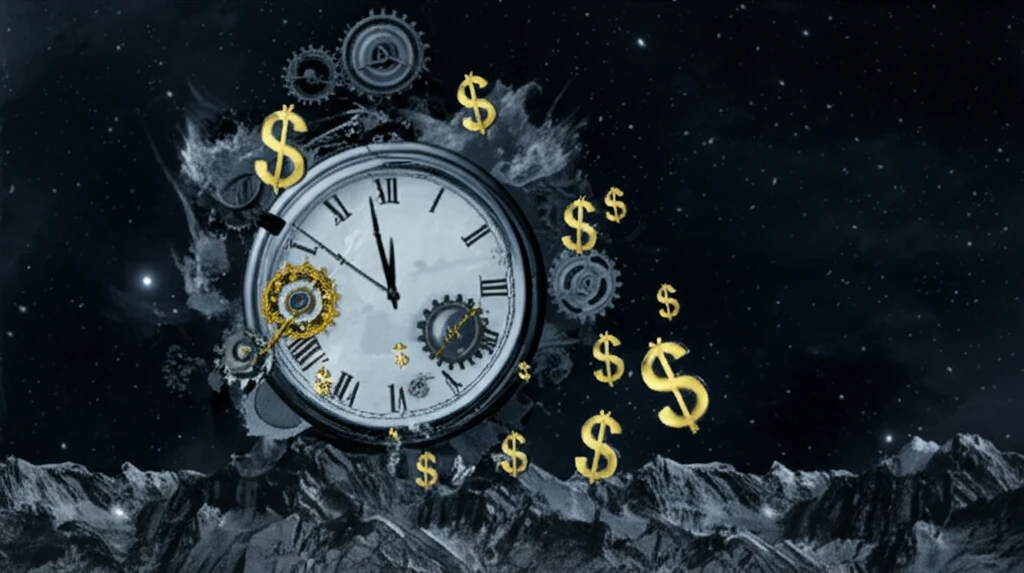
Mastering Economic Decisions: How to Stop at the Right Time
"Unlock the Secrets to Optimal Timing in Ever-Changing Economic Environments"
In the world of economics, timing is everything. Whether it's deciding when to invest, when to sell, or when to launch a new product, the ability to make timely decisions can be the difference between success and failure. But how do you know when the time is right? How do you make these choices when the economic landscape is constantly shifting?
This challenge is addressed by the 'optimal stopping problem,' a concept that helps individuals and organizations determine the best time to take a particular action. Traditional economic models often assume stationary conditions, meaning that the underlying factors influencing decisions remain constant over time. However, the real world is far from stationary. Market volatility, interest rates, and technological advancements are just a few of the factors that can change rapidly, making it difficult to apply traditional models.
Recent research has made strides in tackling the complexities of optimal stopping in non-stationary environments. By developing new methodologies and tools, economists are providing insights into how decisions should evolve as the economic environment changes. This article explores these advancements, offering a practical guide to making optimal economic decisions in a dynamic world.
What Are Optimal Stopping Problems?

At its core, an optimal stopping problem involves making a decision about when to take a specific action to maximize a desired outcome. This type of problem arises in various economic scenarios, such as:
- Real Options Pricing: Determining when to exercise an option to buy or sell an asset.
- Information Acquisition: Deciding when to stop gathering information and make a choice.
- R&D and Investment Timing: Choosing the optimal time to invest in research and development projects.
- Labor Search and Negotiations: Knowing when to accept a job offer or continue searching for a better one.
- Experimentation and Bandits: Deciding when to stick with a known strategy or explore new alternatives.
- Political Economy: Timing elections or responding to scandals to maximize political advantage.
- Capital Structure: Choosing the right time for a company to declare bankruptcy.
Embracing the Dynamic Approach
Making sound economic decisions in a constantly changing world requires a shift in perspective. By understanding the principles of optimal stopping problems and incorporating the latest research on non-stationary environments, decision-makers can improve their timing and achieve better outcomes. The ability to adapt and adjust strategies as conditions evolve is the key to mastering economic decisions in the face of uncertainty.
